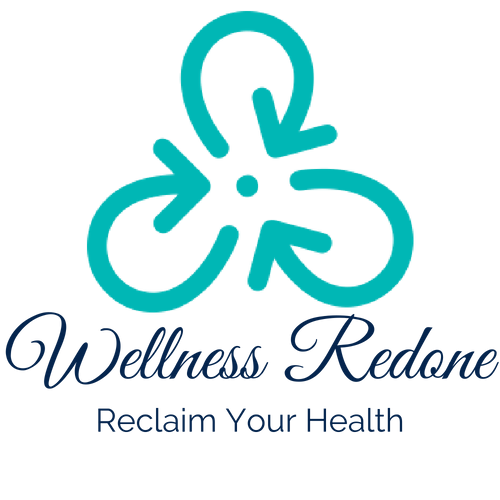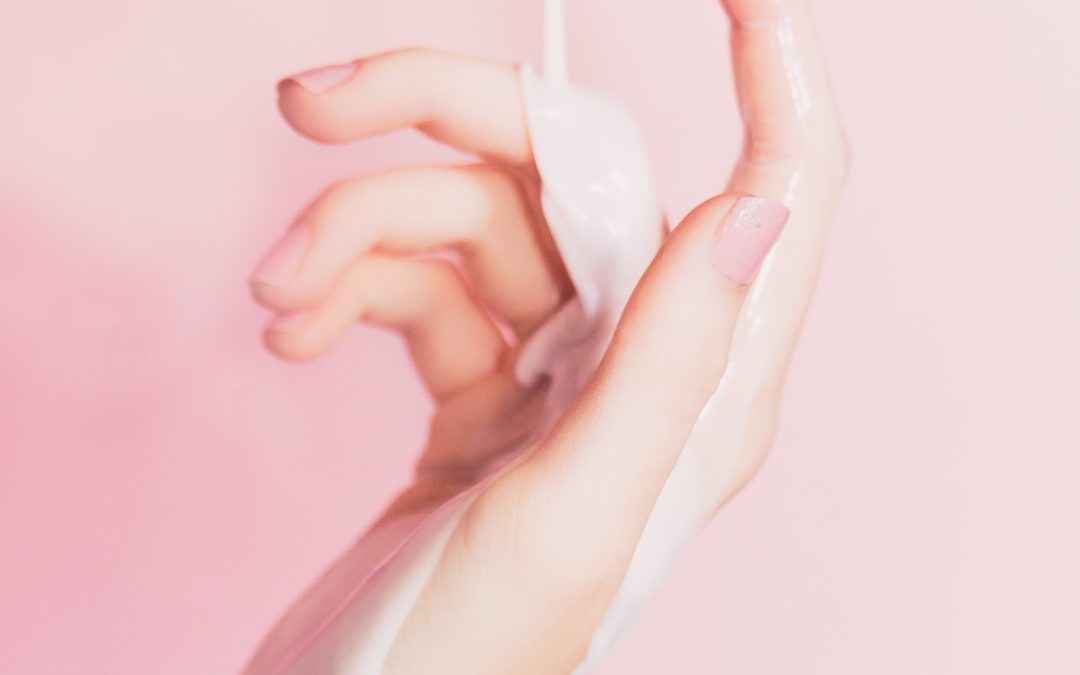Parabens
Parabens have been in use for over 80 years and are found in a large variety of products ranging from facial cleansers, creams, shampoo, conditioner, hair spray, gel, toothpaste, lipstick, mascara, hand soap, sunscreen and the list goes on. They are also found in food products such as jams, fillings, toppings etc. Parabens are used as preservatives to stop microbes growing in moist products. “The European Commission on Endocrine Disruption has listed parabens as Category 1 priority substances, based on evidence that they interfere with hormone function. [iii] Parabens can mimic estrogen, the primary female sex hormone. They have been detected in human breast cancer tissues, suggesting a possible association between parabens in cosmetics and cancer. Parabens may also interfere with male reproductive functions. [iv] In addition, studies indicate that methylparaben applied on the skin reacts with UVB leading to increased skin aging and DNA damage. [v,vii]” https://davidsuzuki.org/queen-of-green/dirty-dozen-parabens/ Common Parabens found listed in personal care products are Methylparaben, Butylparaben, Propylparaben Isobutylparaben, Ethylparaben, basically any Paraben! It is important to note that the use of Parabens is not restricted in Canada.
Phthalates
Phthalates are everywhere, in perfumes, make up, body care products, hair products, household cleaning products and most plastic containers. Phthalates are binding agents and makes plastic flexible. “In the past few years, researchers have linked phthalates to asthma, attention-deficit hyperactivity disorder, breast cancer, obesity and type II diabetes, low IQ, neurodevelopmental issues, behavioral issues, autism spectrum disorders, altered reproductive development and male fertility issues. While phthalates is a huge class of chemicals and nowhere near every chemical in the class has been studied, several have been shown to have negative health impacts” https://www.theguardian.com/lifeandstyle/2015/feb/10/phthalates-plastics-chemicals-research-analysis. Any ingredient ending in ‘Phthalate’ belongs to this class of toxic chemicals. Phthalates have been in the news quite a bit in recent times with some politicians lobbying for it to be removed, for now it has been removed from children’ products in the USA. However, it is still used in many everyday consumer products and needs to be fully banned for us to be free of its toxic load.
Triclosan
Triclosan is an Antibacterial agent found in hand soaps, sanitizers, wipes, deodorants, cleansers, eye-make up, concealers, toothpaste, shampoo and many household products including Laundry detergents. Its anti bacterial component makes it a popular inexpensive preservative. It often hides under the ingredient’ fragrance’ in many products. “Triclosan impairs muscle function and skeletal muscle contractility,” researchers report in a new study done at the University of California Davis. Although the study was done in mice, researchers said the effects of the chemical on cardiac function were “really dramatic.” After mice were exposed to one dose of triclosan, heart muscle function was reduced by 25 percent, and grip strength was reduced by 18 percent.” https://articles.mercola.com/sites/articles/archive/2012/08/29/triclosan-in-personal-care-products.aspx Triclosan doesn’t pass through our liver which is our detoxification pathway, instead it directly enters the cells which are unable to break it down. Triclosan is found in most ‘Anti Bacterial’ products and is usually listed on the label. however, because Triclosan is used in many products in small amounts the concern is that it adds up and increases the toxic load in an individual’s body. Health Canada has placed no restrictions on the use of Triclosan.
The Solution?
As consumers it is important for us to be aware of the products we use, just because something is sold in reputed stores doesn’t mean that its good or even safe for us to use. To learn more about whether your current products are safe to use or not check out https://www.ewg.org/skindeep/#.W0gXb_ZFxPY Here you can see the ratings of thousands of personal care products and learn more about how to choose more natural and chemical free products. There are many natural products on the market so its not that hard to find safer, toxin free health-friendly products for yourself and your family.


